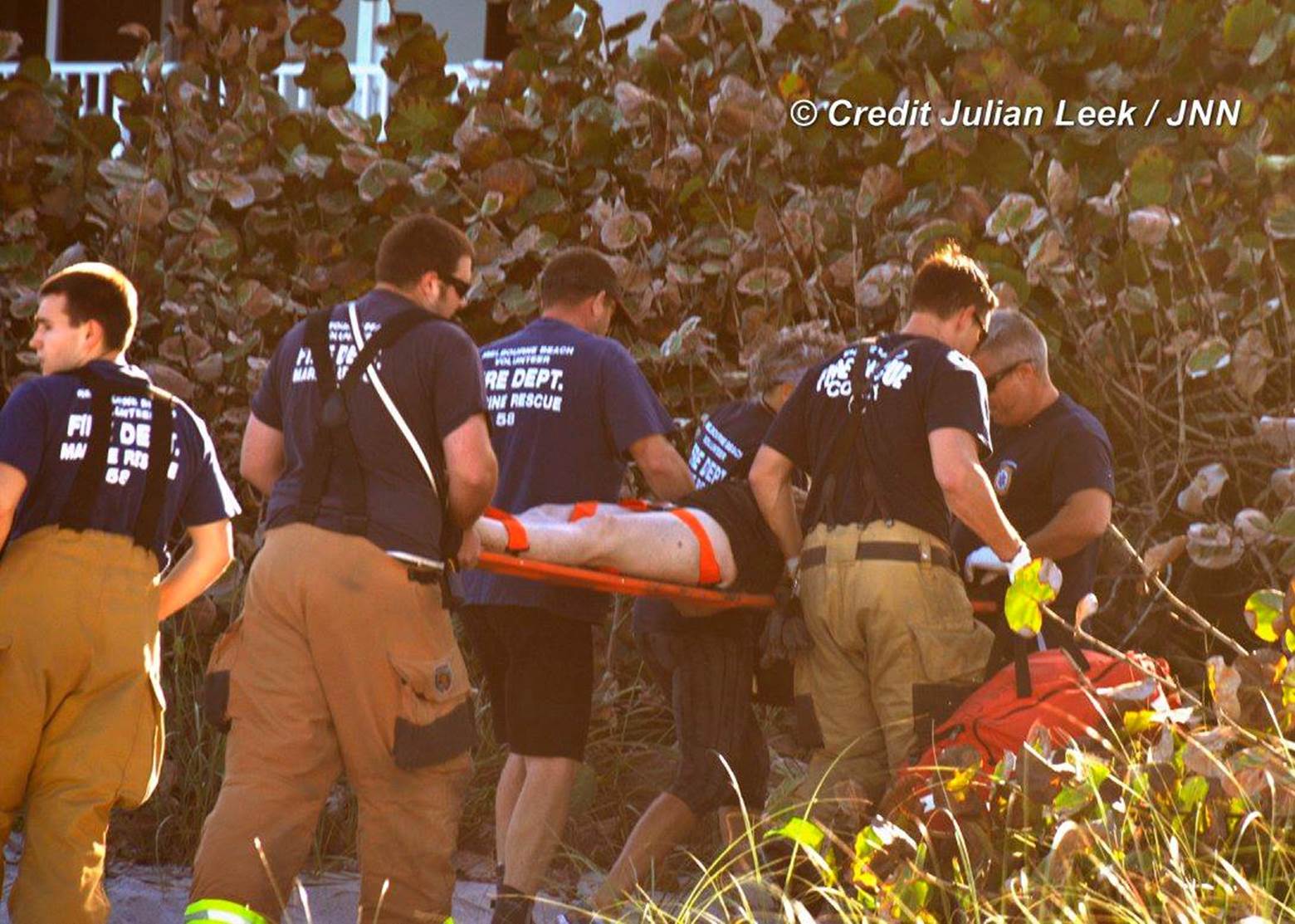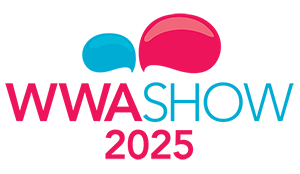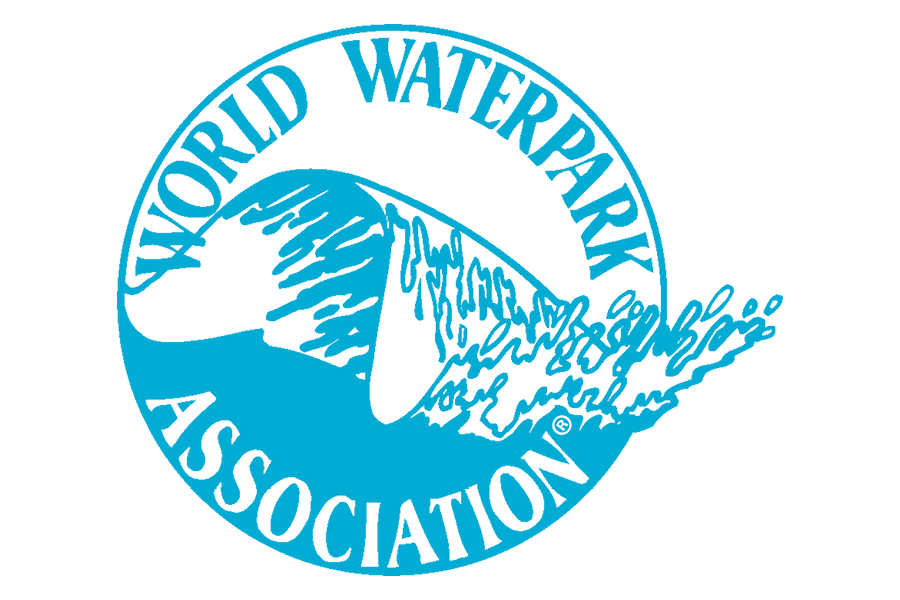
This blog will just scratch the surface of a long story that I have only shared with a handful of family and friends. This was the first (and hopefully only) time I have ever had to perform CPR on an unresponsive patron in distress.
My name is George. I work for Water Safety Products, a supplier for lifeguard uniforms and equipment. In my teenage years, I was a summer beach lifeguard. Luckily, I never had a major incident over those 4 summers from 2003-2007. I felt lucky because I didn’t have a true test my skills. I got by unscathed.
In 2014, I started getting re-acquainted with the world of lifeguarding. Since then, I have been training with leading lifeguard certification agencies annually. Ironically, I found myself in a real rescue scenario the day after returning home from one of these lifeguard training conferences in January of 2017. While conversing at my home beach after a surf session, my mom, friends and I noticed a cop on the beach starting to take off his gear to go in the water. Someone could be seen floating in the distance.
Moments later I was on the water with my standup paddle board headed toward this patron. She was floating, face up and unresponsive. Another man helped me try to get her onto my 9’6” surfboard. This proved to be incredibly difficult. I remembered the many the times I had heard “dead weight is difficult to move.” Difficult was an understatement. The struggle was real. Once on the board, keeping her on there while battling waves and a rip current was also problematic.
Of course, when we got to shore, I attempted to pick her up by myself. This was a next to impossible task. In my head I remembered all the times our lifeguard trainers explained that we would not be able to do this on our own. Thus I also re-learned: “don’t try to be superman, get some help.”
In training scenarios, we always talk about the need for crowd control. This was proven true. My friend AJ worked to give us space while I began my assessment. No Breathing. No Pulse. No Movement. So, we started compressions.
Her eyes were open, staring up into the sky as I looked down into them. I knew that her chances were low. I remembered the many times I had heard things like “CPR has a very low success rate.” Regardless, I knew her only chance at survival was going to rely on getting oxygen back into her blood. The problem was that the cop didn’t have a CPR mask, and neither did I. I knew I had one in my luggage at home though, so I sent my friend Zach running back to my house to find it.
Time was against me. I have learned many times that the potential for survival degrades every minute. I had no guarantee Zach would be back with the mask. So, I turned to the crowd and asked “does anyone know this woman? does she have anything I need to worry about?” A voice sounded, “she is my friend, no she does not.” I asked again, “are you sure?” She confirmed “yes.” In the moment I felt confident in my ability to provided mouth to mouth CPR. So, I did. It was not pleasant.
The first breaths did not go in. I remembered “re-tilt and readjust,” and “crank the head all the way back, it will make opening the airway easier.” The training tips paid off and I was able to delivery breaths.
As a side note, every trainer I have ever had has told me “do not do CPR without a CPR mask.” This is wise advice. However, adrenaline (and the desire to save a life) is hard to reason with. The days following this event were filled with regret and paranoia for my own personal health. So, I had to learn this the hard way: Attempting to save a life should not be at the cost of risking your own personal safety.
As luck would have it, Zach arrived less than a minute later with my BigEasy CPR mask. This dramatically increased our efficiency, and my confidence in what we were doing. We continued to do CPR.
Nothing was going perfectly. I asked the cop if he had a BVM. He said “no.” “How about an AED?” No. In training scenarios everything always seems to go perfectly as planned: Rescue, check ABCs, begin CPR, help arrives with a trauma bag, all the equipment you need is there, someone magically cuts away clothing with fake scissors, someone pats the body once and says “its dry.” Then the AED is applied, shock is “advised” and the patient walks away. The follow up is, of course, that this is not how every situation ends.
In our case, volunteer fire fighters arrived after what felt like an eternity. I was exhausted. Doing breaths, compressions and counting out loud was took everything out of me. They cut her swimsuit off in a flash. However, drying her off was the opposite. It took a very long time. Even the application of the AED was clumsy at best. Either way, the AED was applied and called for us to “step back… and stand by.” Then the heartbreaking “shock not advised” rang out. This shattered my expectations. EMTs brought in a more powerful AED, tried again and the shock was still not advised. Not too long after this, she was strapped to a backboard and taken to the hospital.
Although mock rescue drills seem to repeat an ideal situation, my trainers have always followed up with the reality: “Nothing will go as planned, you have to make it work, and realize that not everyone survives.” The patron was named Mary. Mary was on life support for some time giving her family time to fly in from Georgia and say goodbye. There were so many moments during this process that directly pointed back to the many trainings I have been lucky to have been a part of. I felt confident in my skills because of continual training, and would urge anyone else to do the same. Another thing I learned again: Drowning can happen to anyone, at any time, in an instant.
George Panton
Water Safety Products



